SUMMARY
This is AI generated summarization, which may have errors. For context, always refer to the full article.
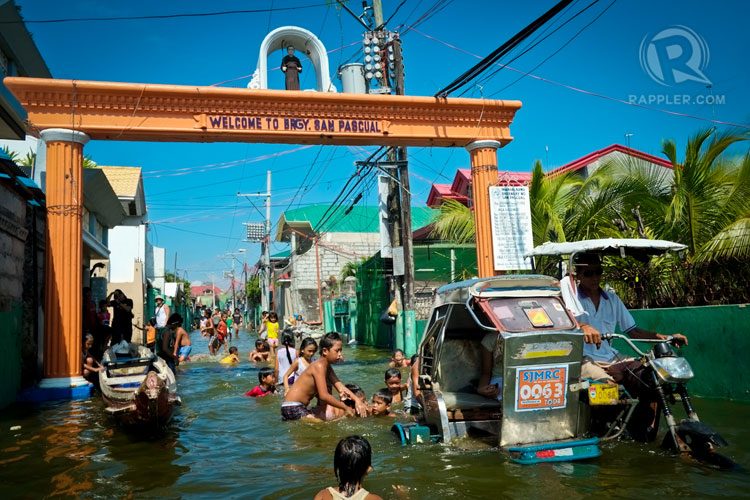
BULACAN, Philippines — It sounds like the litany of saints, as if devotees are praying for divine intercession — San Pascual, San Nicolas, Santa Elena, Santa Monica, Santo Rosario. But these are the flood-prone coastal towns in Hagonoy, where tidal flooding is part of the people’s everyday lives.
“I pray that we be spared from calamities, especially floods,” said 81-year-old Epifania Bautista.
Nanay Paning, who has lived in the town of San Nicolas all her life, still remembers the time when Hagonoy River was still wider, deeper, and cleaner.
“The water was still crystal clear,” said a nostalgic Nanay Paning, who recalled her younger days when they used to wash their clothes with “batya” (basin) and “palu-palo” (wooden club), and bathe in the river.
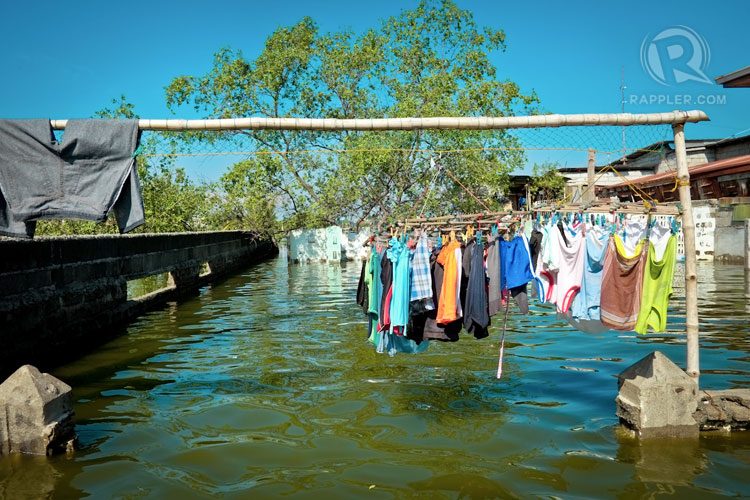
The lush mangroves, fireflies, and rice fields in Hagonoy are now just an old woman’s story, along with the traditional “bahay kubo” (nipa hut) – made of bamboo slats, thatched roofing, and palm walls – with neighbors, few and far between.
It’s now just a memory over half-a-century old.
Hagonoy’s coastal towns are now congested. People have encroached on the waterways. The river has narrowed, the sea turned into fish ponds, and swamps reclaimed.
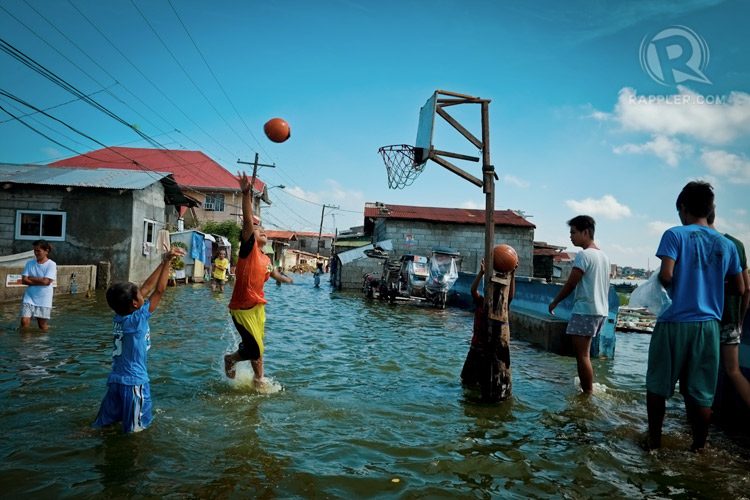
The sea has slowly crept into the streets of coastal towns over the last 4 decades. The fish, too, end up swimming in the streets during times of heavy flooding. Hagonoy has become particularly vulnerable to tidal flooding.
In the town of Santo Rosario, the old church there has become an island; the cemetery, sunken. Despite the floods, devotees continue to hear Mass in the church and honor the dead during All Souls’ Day in the cemetery.
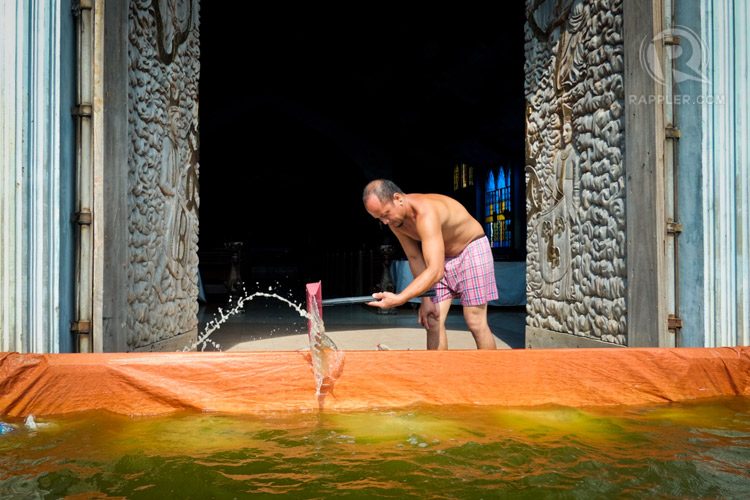
Recently, when San Nicolas celebrated its town fiesta, the procession was held amid floods half-a-leg deep. The celebration had become a water festival much like the feast of San Juan, with people playfully drenching one another.
Hagonoy is known to be deeply religious. Relics of their patron saint, St Anne, or Apo Ana to the elderly locals, are venerated at the National Shrine at the town center. A two-foot replica of the statue of St Anne is moved from one sandbagged house to another during the block rosary.
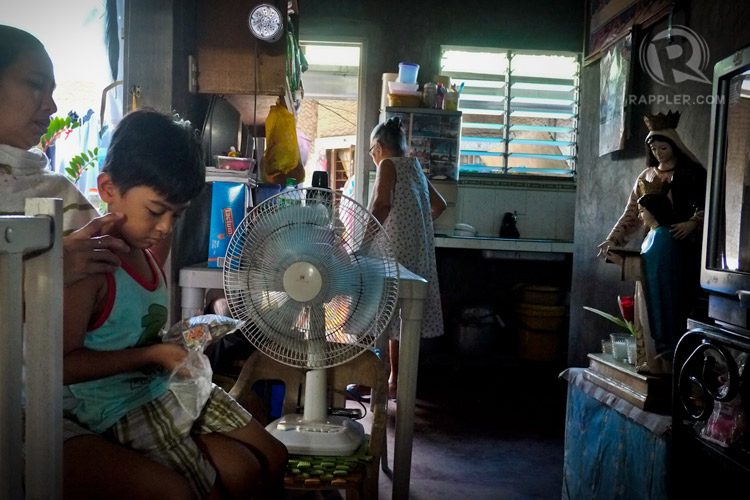
The Feast of St Nicholas of Tolentine usually signals the start of the ebbing of high tides during daytime, which tend to flood the towns of Hagonoy. It’s also the time when the rainy season is about to end. That’s when there are no more fish in the streets or children playing in pools on the road.
But when the first rains of May come, like clockwork, the daytime tides also return. To Nanay Paning, and perhaps the rest of the faithful here, it’s God’s design. But the flooding needs the intercession of men.
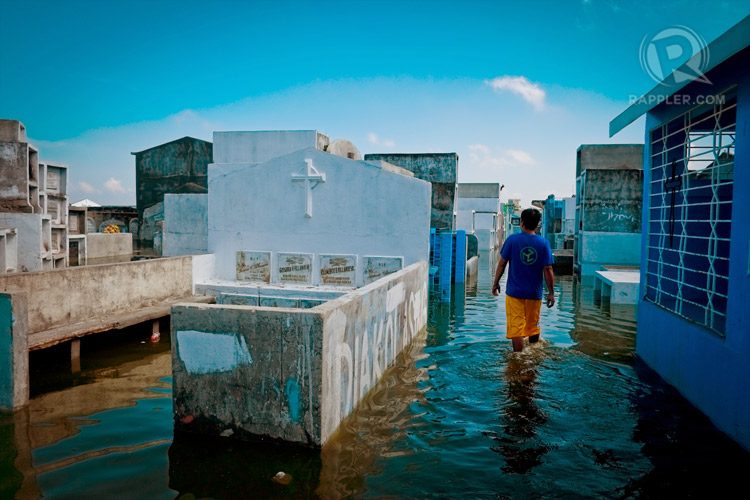
– Rappler.com
Add a comment
How does this make you feel?
There are no comments yet. Add your comment to start the conversation.